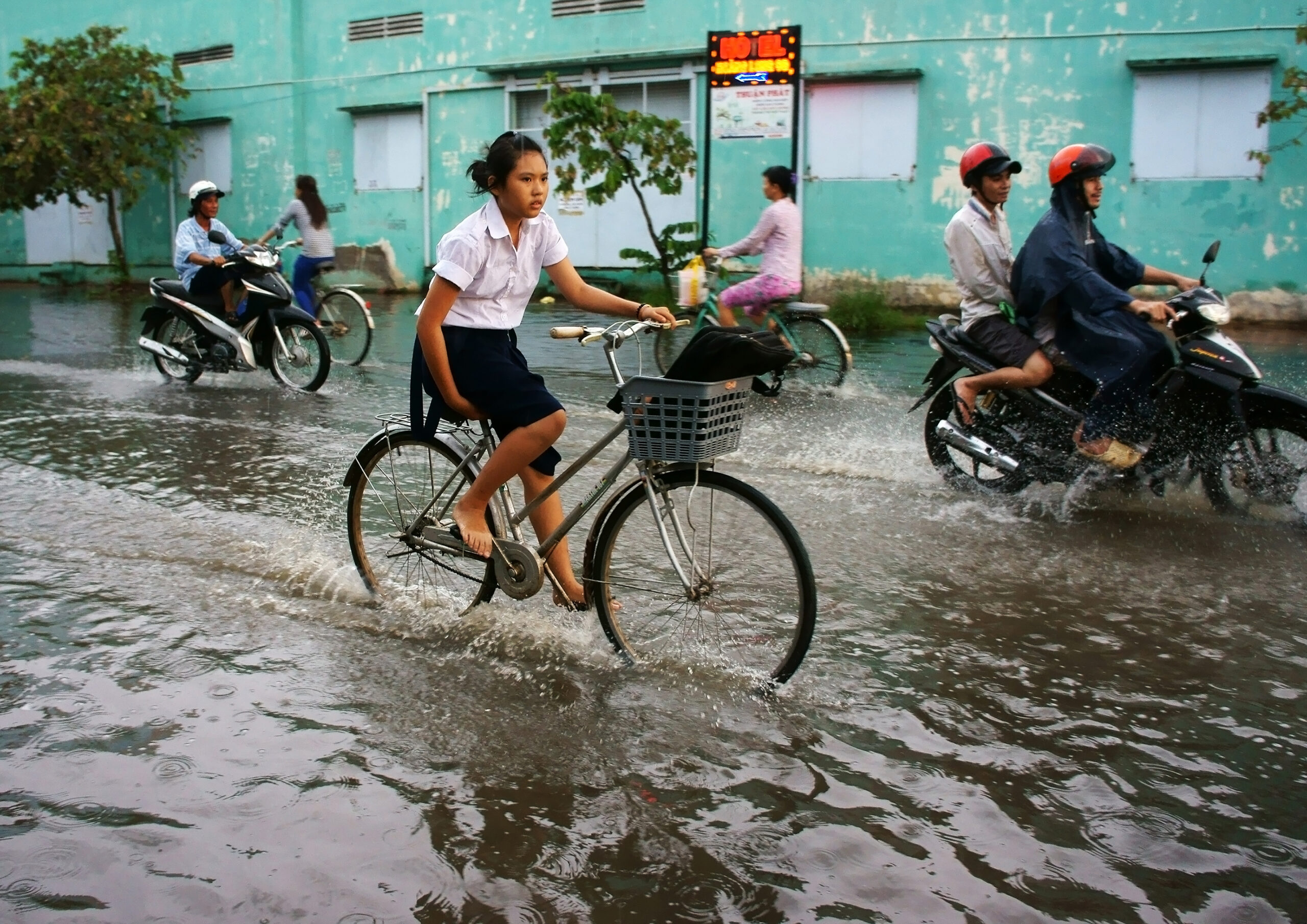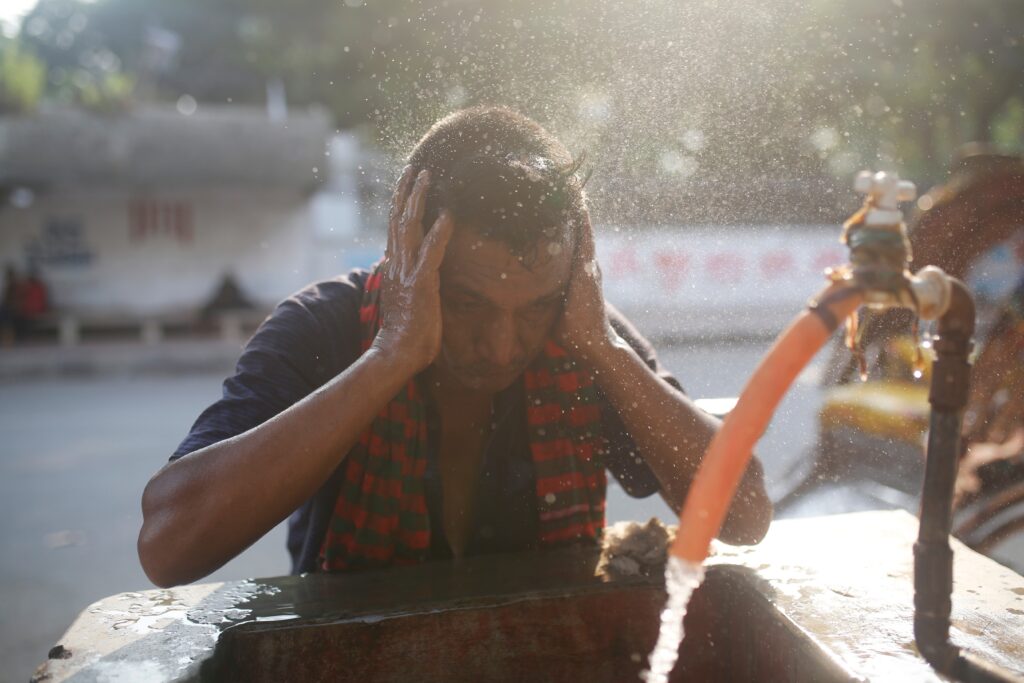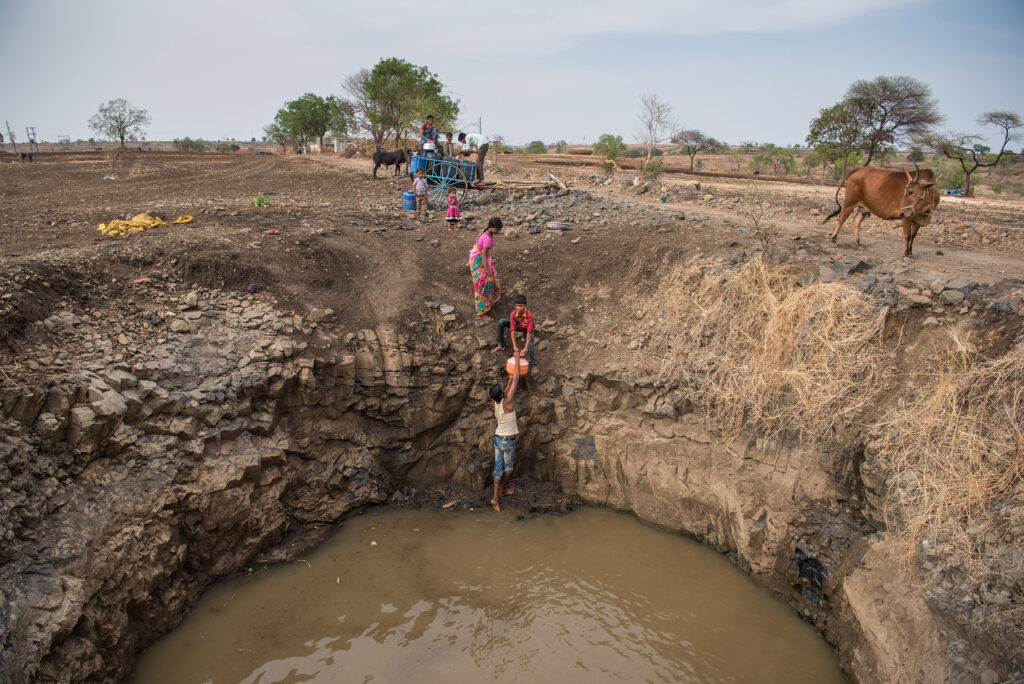The latest Indicators of Global Climate Change report shows that the current state of climate change in Asia is dire, with temperatures rising fast and risks to communities increasing.
“According to this study, human-induced warming has now reached 1.3°C, and is increasing at a rapid pace. The most ambitious threshold of the Paris agreements, 1.5°C of global warming, now seems very close,” said Aurélien Ribes, a research scientist at CNRM France, in a press statement.
This report only adds to what has become indisputable science: climate change is accelerating and we’re running out of time to address it. And it’s Asia, the world’s most populous continent, where the impacts of global temperature rise and climate-related disasters will be most acutely felt.

Global Warming Is Increasing
According to the report, last year saw a large increase in global mean surface temperature. Compared to 1.09°C from the previous assessment conducted in 2021, the temperature average jumped to 1.3°C above the pre-industrial mean in 2023. Quite simply, last year was a historic year for the planet and the current state of climate change.
“The exceptional warming of the past year means that the 1.5°C budget is smaller than ever,” said Joeri Rogelj, professor of climate science and policy at Imperial College London.
For those of us in Asia, this was not a surprise. Record heat waves, floods and droughts hit countries across the region, from Japan and Pakistan to Thailand and Vietnam. This is the current state of climate change.
Global Temperatures and Greenhouse Gases
If we’re to stay below 1.5°C global average temperature, the limit that scientists say is necessary to avoid the worst impacts of climate change, we need to act fast. That means expanding renewable energy alternatives, like geothermal, wind and solar, and closing down dirty fossil fuel plants to reduce greenhouse gas emissions. Asia, which is responsible for more than 50% of global emissions and where fossil fuels still account for 85% of all energy consumption, has a key role to play in this.
Impacts for Asia
Arguably, nowhere is the risk from human-caused climate change greater than in Asia. According to a report from the World Meteorological Association (WMO) released earlier this year, Asia is the world’s most disaster-prone region, and the current state of climate change is making it worse.
“Many countries in the region experienced their hottest year on record in 2023, along with a barrage of extreme conditions, from droughts and heatwaves to floods and storms,” said WMO Secretary-General Celeste Saulo, in a press statement.
According to the WMO, many parts of the region experienced extreme heat events in 2023, including in Japan, which experienced its hottest summer on record. It falls in line with what the last report from the IPCC found, which noted that climate warming has heightened the threat to Asia’s infrastructure and socioeconomic sustainability.
“Climate change exacerbated the frequency and severity of such events, profoundly impacting societies, economies and, most importantly, human lives and the environment that we live in,” added Saulo.
Similarly, a report from the United Nations Development Programme found that countries in the Asia-Pacific region experienced, on average, six natural disasters a year over the past three decades, about twice as many as developing countries in Latin America and the Caribbean and about three times as many as in sub-Saharan Africa.
As the region experiences a higher likelihood of extreme weather events like heatwaves, droughts and floods due to the current state of global warming, there will be a ripple effect of social impacts, falling most heavily on the poorest and most vulnerable communities.
Dire Need to Cut Carbon Dioxide and Greenhouse Gas Levels
There are some signs of hope, as the Indicators of Global Climate Change report noted that the rate of increase in average emissions has slowed, making the coming years critical. If society makes the right choices, this is the decade where global emissions could substantially decline.
“We need to halt deforestation and dramatically reduce the combustion of coal, oil and gas. Otherwise, greenhouse gases will continue to accumulate in the atmosphere and drive the severe climate impacts we are starting to witness,” said Dr. William F. Lamb, a researcher at the Mercator Research Institute on Global Commons and Climate Change and one of the report’s authors.
At the same time, the recent heat waves, typhoons, flooding and other climate change impacts felt in Asia show that even if we rapidly reduce emissions and limit warming to 1.5°C, it won’t be enough. Investments into adaptation and resilience will also be necessary to protect vulnerable communities from what the report shows is now the current state of climate change in Asia.
Nithin Coca
Journalist, Japan
Nithin Coca covers climate, environment, and supply chains across Asia. He has been awarded fellowships from the Solutions Journalism Network, the Pulitzer Center, and the International Center for Journalists. His features have appeared in outlets like the Washington Post, Financial Times, Foreign Policy, The Diplomat, Foreign Affairs and more.
Nithin Coca covers climate, environment, and supply chains across Asia. He has been awarded fellowships from the Solutions Journalism Network, the Pulitzer Center, and the International Center for Journalists. His features have appeared in outlets like the Washington Post, Financial Times, Foreign Policy, The Diplomat, Foreign Affairs and more.
















